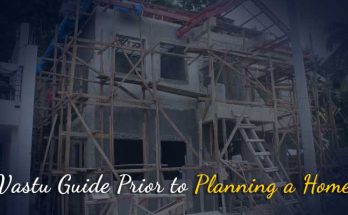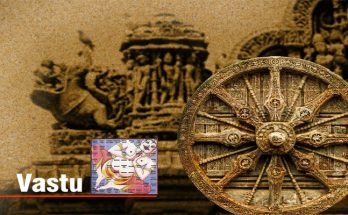What is Vastu?
Vasanivase is the base of the term Vastu, which means a suitable place for living. According to the ancient books of knowledge in the science of architecture, ‘Vastu’ dates back to Vedas. While Astrology is said to be a part of Vedanga, the Upaveda is known as Vastu.
Vastu is a Sanskrit word that means Vaas: a place where you live or belong. Vastu is a section or branch of Yajur Veda. There are four Vedas as per the sacred scriptures of Hindus, which are Rig Veda, Yajur Veda, Sama Veda, and Atharva Veda. A part of Yajur Veda is called Sthapatha Vidya, which means the art of building, which deals with the construction or design of the building. A person who is an expert and helps others in the art of constructing or building is called Sthapathi.
Vastu Shastra
Vastu Shastra helps in the art of constructing houses that are built by human beings, which includes not only living houses, but offices, industry, and factories. According to Hindu mythology, every creation is a Vastu.
It is believed that a well-followed Vaastu building protects its residents from obstacles, upheavals and natural calamities. The five elements in the name of Vastu are Earth, Water, Space, Air, and Fire; which remains intact in a laid down proportion. The reason for this is mainly because there is a proper balance amongst these five elements that produce bio-electric energy, this energy imparts good health, fortune, prosperity to people residing in that house.
78th Astrology Seminar video available right now!!!
10 Vital Vastu Tips
- Every house should have a protective compound wall.
- East or North is preferably said to be the place for the main entrance, but there should not be a compound wall in front of it.
- The wall on the North-Eastern side of your property should have a minimum height. In case the wall on the eastern side is tall, it is believed that it blocks the entry of prosperity, hence should be small in height. The wall on the south side can be tall and heavy.
- The beam or column should not cross in the centre in any room of the house.
- The balcony or terrace of the house should be either in the East or on the Northern side.
- A pole, a Well or a temple should not be constructed in front of the main entrance of the house.
- If there is a slope it should be towards East, North-East or even North, similarly, the slope of the plinth should also be in the same direction.
- The entrance of your house should not be facing the front of any opposite house.
- The Southern or the Western direction is best suited for construction upper floor.
- The Centre part of the house is assigned to space and hence should have the least activity.
- Want to know more about auspicious Vastu tips, You can read more about Vastu Shastra here: 9 Vastu tips you should know!









7 Comments on “Vastu Shastra : An Elucidation”